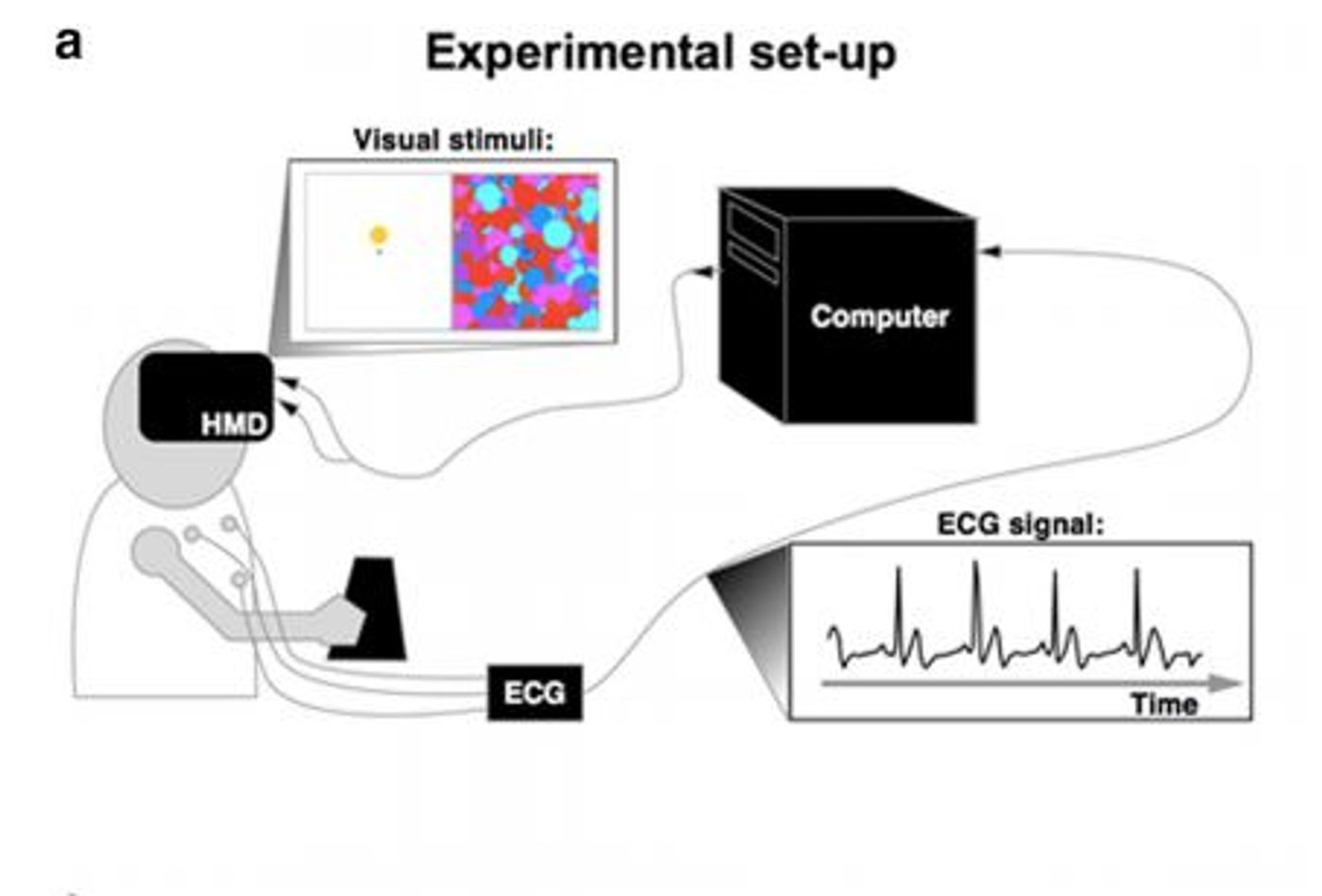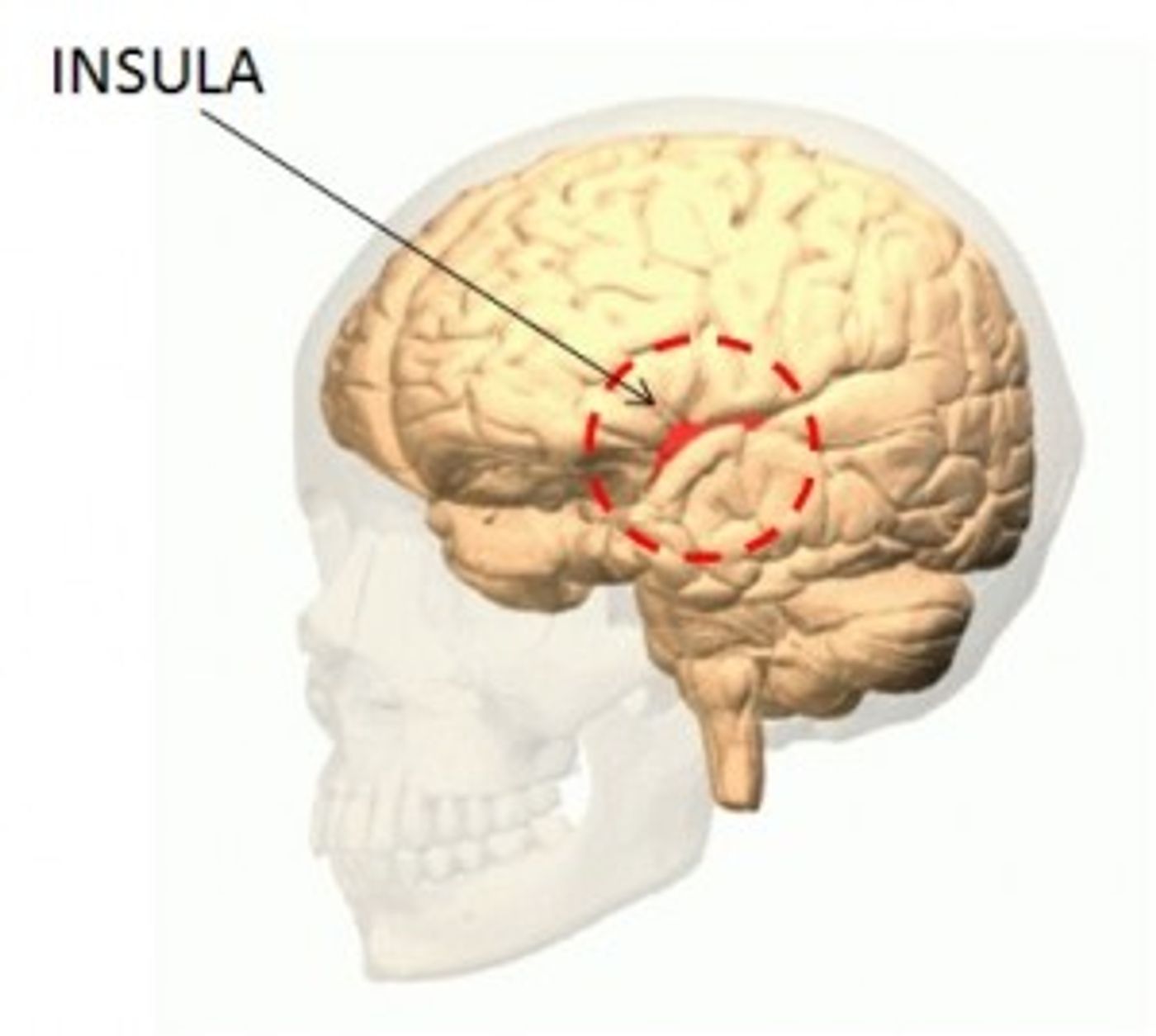Have you ever wondered how your brain separates internal stimuli, like your heartbeat, from external stimuli, like things that you see or hear? Researchers from the Center for Neuroprosthetics at EPFL have, for the first time, identified the mechanism by which the brain filters out internal sensation in order to better process external stimuli. This study, published in the Journal of Neuroscience, consists of nine separate experiments designed to evaluate the effect of interoceptive signals on visual awareness.
Interoceptive signals monitor the internal state of the body and are important for self and bodily awareness. Previous research in the field has identified the insula as the brain region that processes the interoceptive signals that underlie self-awareness. The questions that this paper wanted to answer were 1) what is the influence of interoception on visual awareness and 2) what is the role of the insula in this process?

To tackle these questions, the researchers used subjected 150 volunteers to a few different visual tasks to first elucidate the effect of heartbeat on visual awareness. They used two different experiments, the continuous flash suppression paradigm and the visual crowding paradigm. Both are tests of visual awareness, but having both is the sign of a well-controlled experiment because, unlike the continuous flash suppression paradigm, visual crowding is not dependent on reaction time. In both visual awareness tests, the visual stimuli were either presented synchronously or asynchronously with the subject’s heartbeat. When the visual stimuli were synchronous with the subject’s heartbeat, awareness of that visual stimulus was reduced. Various control experiments suggest that this reduction in visual awareness is not due to explicit heartbeat awareness, response or detection bias, or subject-specific cardio-coupling. Presenting a visual stimulus that is synced up with the interoceptive signal of the heartbeat reduced awareness of that visual stimulus. The researchers think this happens because the brain is filtering out the interoceptive signals from awareness and when the external signal, in this case the visual stimulus, is presented synchronously with the interoceptive signal, it also gets filtered out to some degree.

To see if the insula plays a role in this process, the researchers then performed the same experiments but while the subjects’ brains were being looked at with fMRI. When the visual stimuli were shown asynchronously with the subject’s heartbeat, the insula exhibited normal activity, but when the visual stimuli were presented in time with the subject’s heartbeat, activity in the insula was dramatically reduced. This adds to the idea that the insula integrates internal and external signals.
The takeaway from this research is that when an external stimulus syncs up with an interoceptive signal, awareness of the external stimulus drops because the insula is filtering it out with the interoceptive signal. An interesting expansion on this idea would be to investigate what this means for people who are hyper-aware of their heartbeat, such as those with an anxiety disorder? Does the insula maybe play a role in anxiety? That question is not at all addressed in this study, but it is something interesting to think about. Overall, this paper was a well-designed and well-controlled study that taught me something new about a brain process (filtering of interoceptive signals) that I never really thought about.
Sources:
EurekAlert and
Journal of Neuroscience










